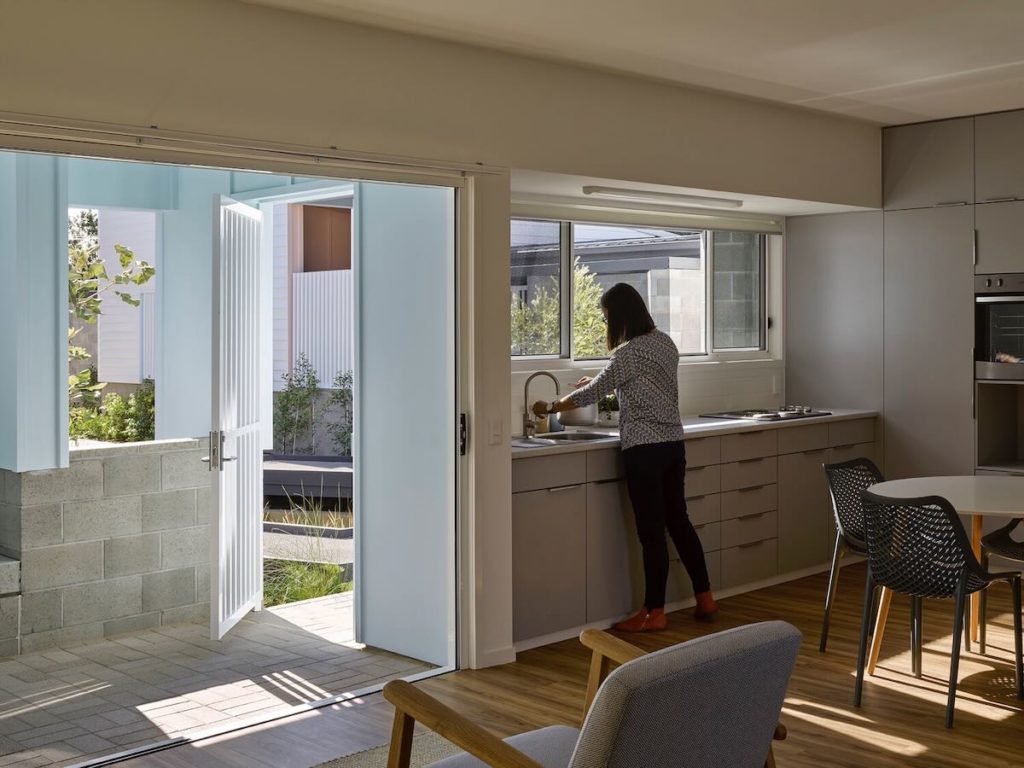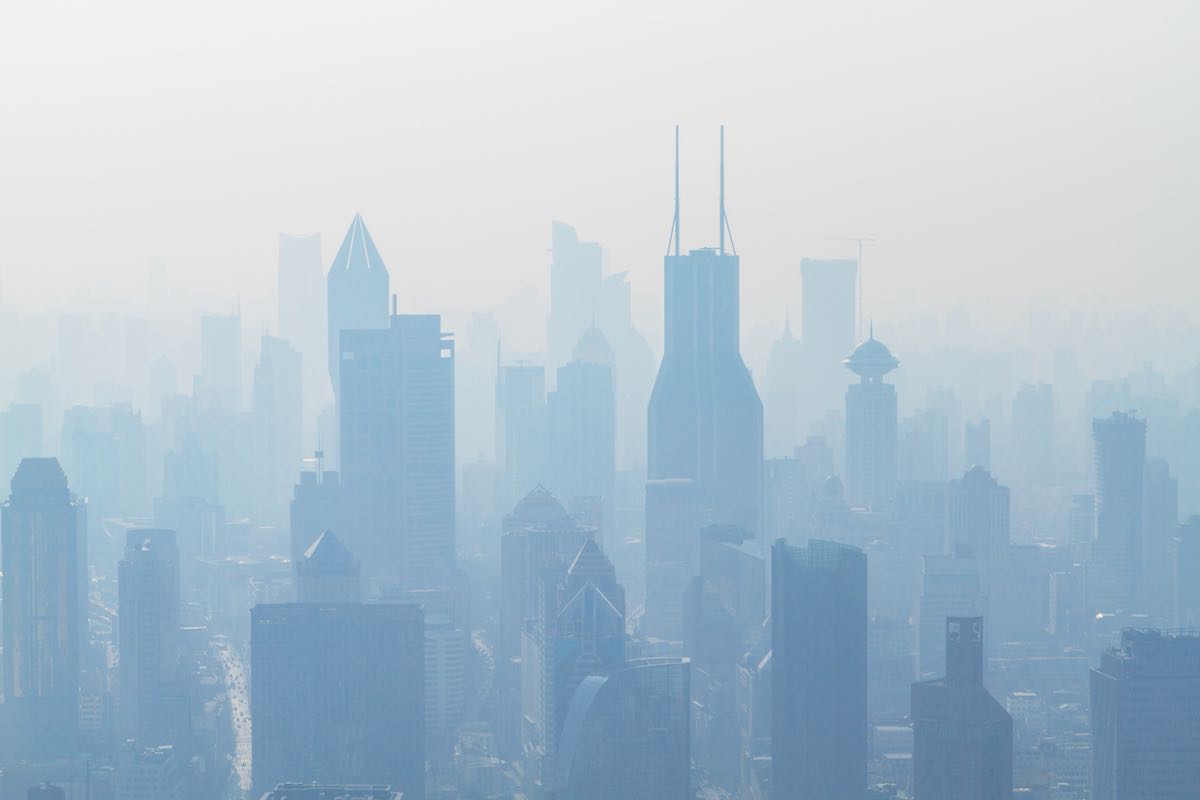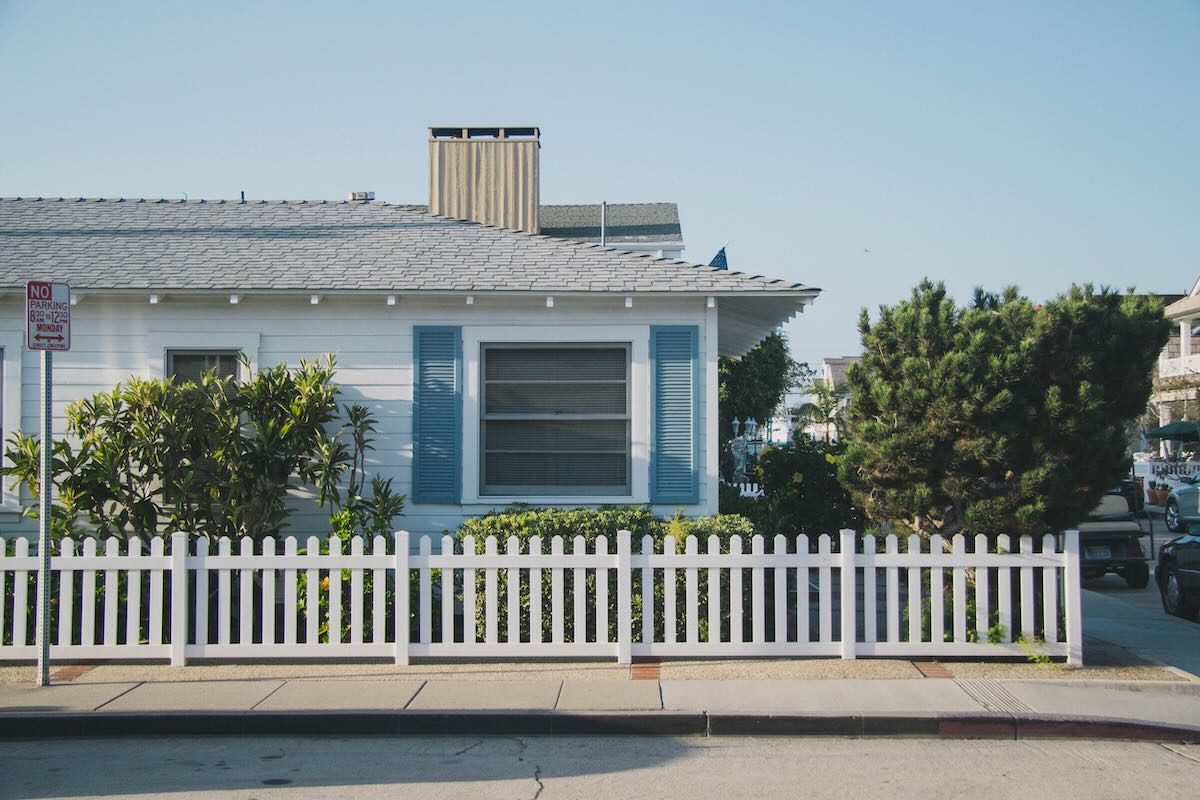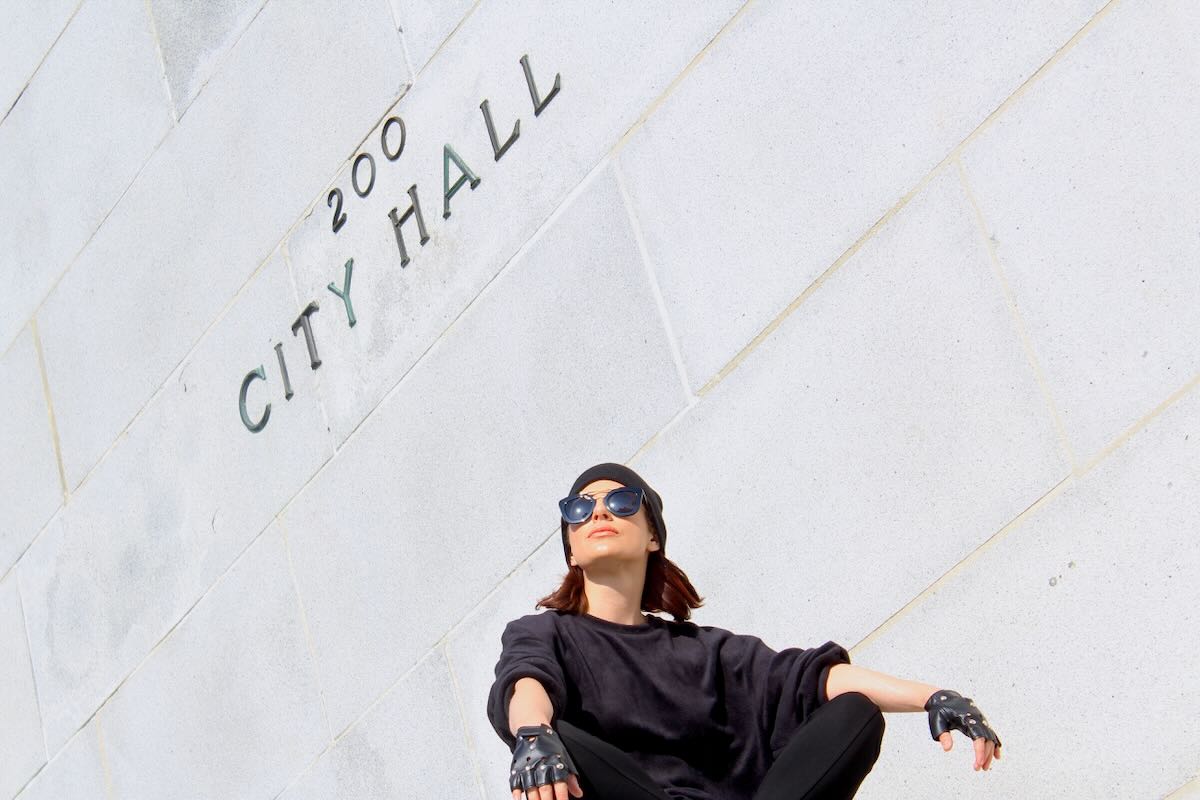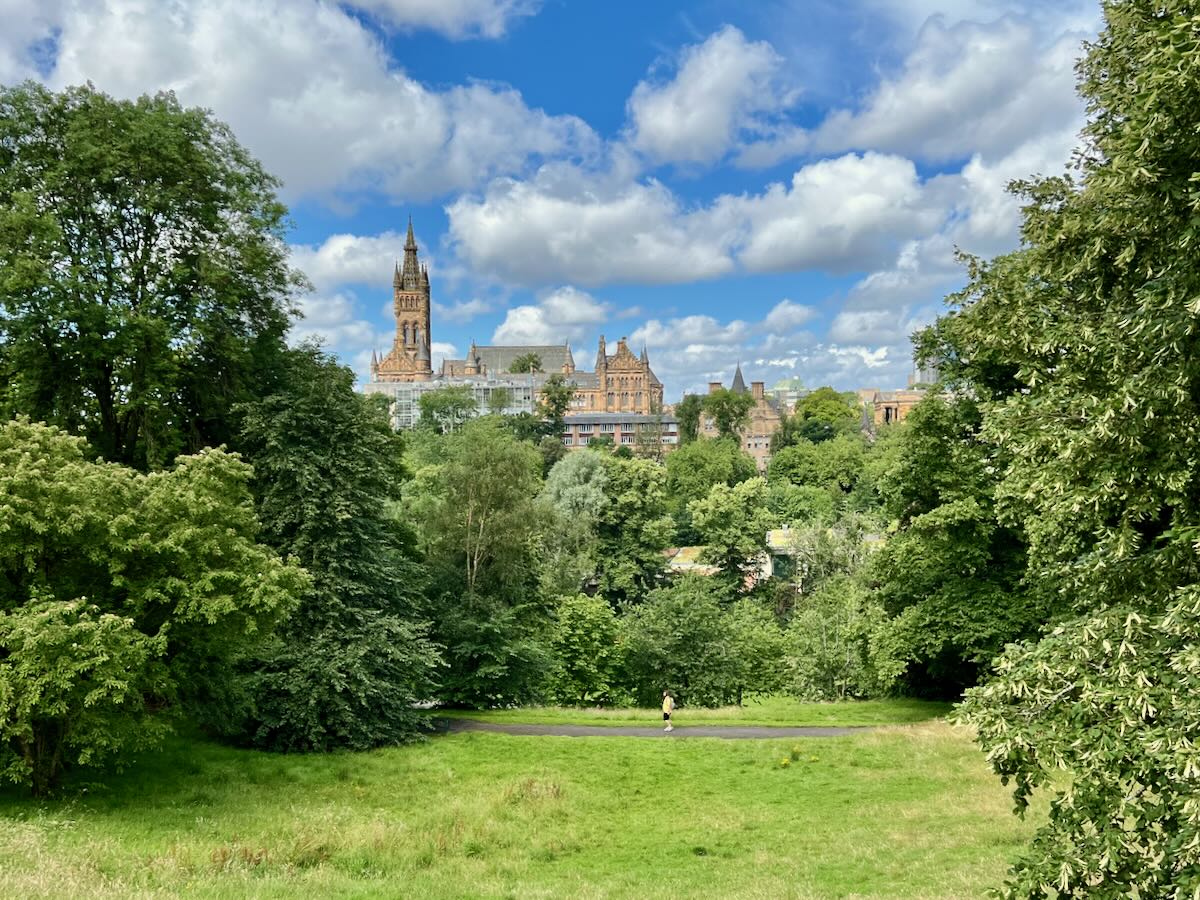Places to Live – Cities and Towns 3
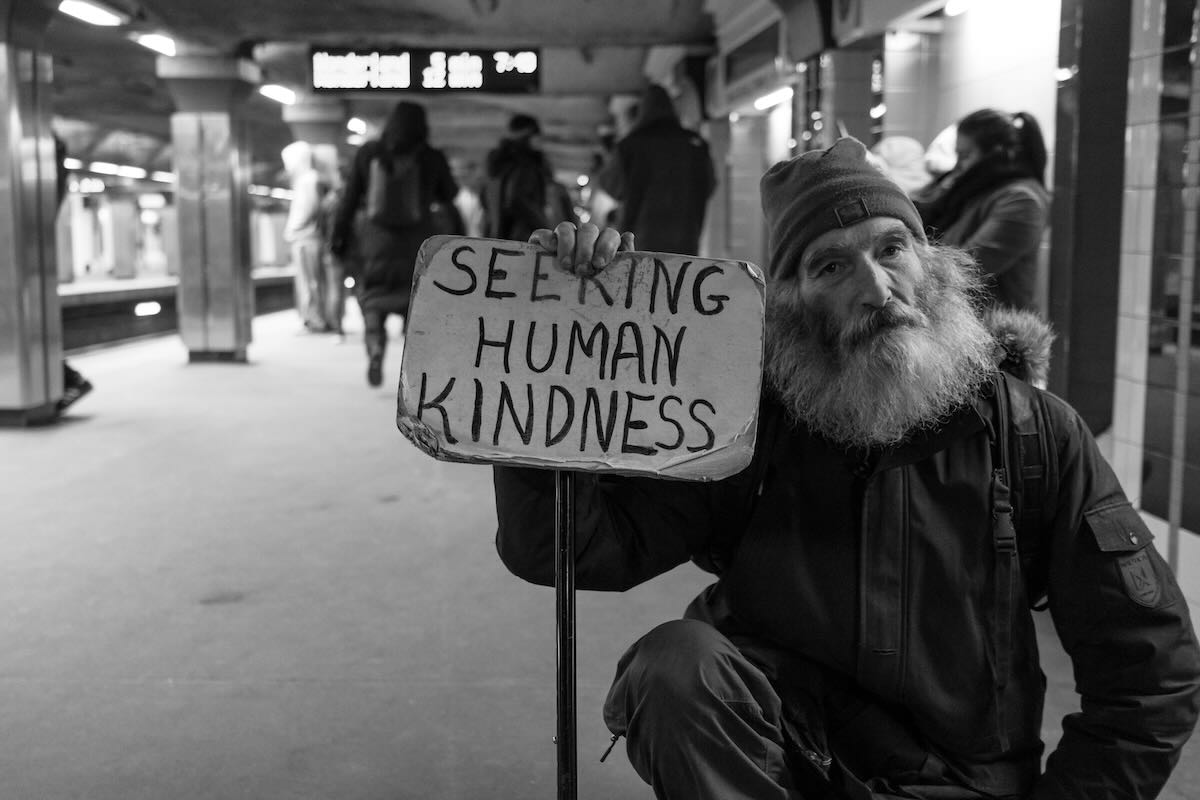
Think First of the Homeless
When I think about places to live, I think first of the homeless. Imagine standing on a street corner at eight o’clock in the evening with all of your earthly belongings. It is drizzling and cold. You have no where to shelter, call your own, sleep, or feel safe. Maybe you will find a doorway or an underpass and hope that the temperature doesn’t drop and the drizzle doesn’t turn to snow. And, the most you can hope for the next evening is exactly the same predicament. Do you sense the despair the homeless must feel?
Housing First
Can homelessness be eradicated? Countries with the greatest success in providing social housing and reducing homelessness consider housing a basic human right. Finland embodies this right in Article 19.4 of its constitution. Also, it has a nation-wide Housing First program that embodies the simple idea that everyone is entitled to somewhere to live without pre-conditions.
In Finland, poor credit, financial destitution, complex psychosocial issues, addiction, and / or alcoholism do not interfere with the right to a place to live. Housing first, treatment follows – the theory being that it is easier to treat someone if they are in a stable home.
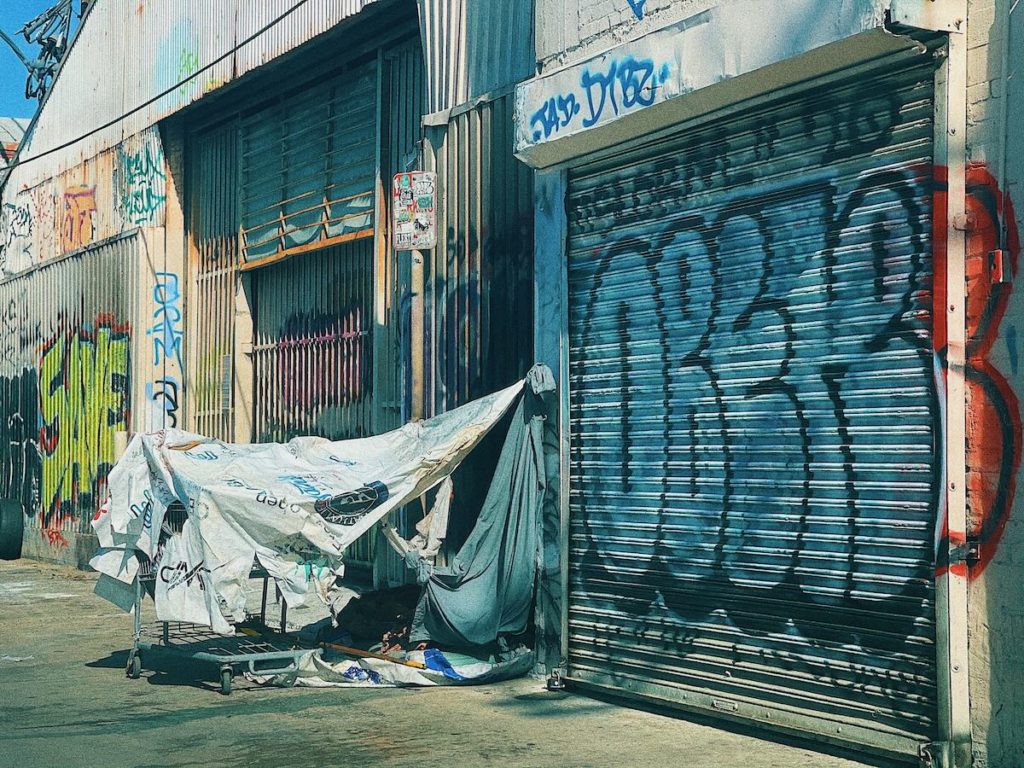
There is nothing I fear more than being homeless again. I grew up in a household of fear, and have survived several forms of abuse. I have been addicted to opiates. I have been incarcerated. I have had to fight for my literal survival on a lot of different occasions. I have hitchhiked across America, and lost everyone I loved at one point. My life has had more than a fair share of frightening moments, but nothing scares me nearly as much as homelessness .
Homelessness is Only One Piece of my Puzzle (Sean LeBlanc, 2015, p. 96).
Results
- Finland’s homeless headcount doesn’t only include those sleeping rough. It also includes those living with friends and relatives, the institutionalized, and those in temporary shelter. Of the approximately 4300 homeless, about 2500 are living with friends and relatives, another 500 are in institutions, leaving only 1000 people in temporary shelter.
- Amazingly, the number of homeless declined from 5500 in 2019 to 4300 in 2022 – this despite the COVID crisis. Over this same period, the number of people without a home climbed in almost every other western nation.
- Helsinki, Finland’s capital, has a population of over 650,000. And effectively, no one sleeps rough. Also, it only has one 50-bed shelter.
- Study after study across Europe and North America has shown that a Housing First approach saves money. Finnish studies empirically demonstrate that governments save €15,000 (C$20,106 / US$14,867) per one person per year. Sure, there are up front costs but this net savings figure includes amortization of those costs. The cost savings come from services no longer used by the permanently housed such as healthcare, police, the justice system, and other social services.
So how did Finland accomplish these results? Stay tuned but in the meantime, think first of the homeless.
Vignette
I did warn you at the start of this series on Cities and Towns, there would be repetition as I try to get some order in these articles. So, to create a little interest I will insert a short vignette on different types of places to live.
Anne Street Garden Villas, Gold Coast, Queensland, Australia
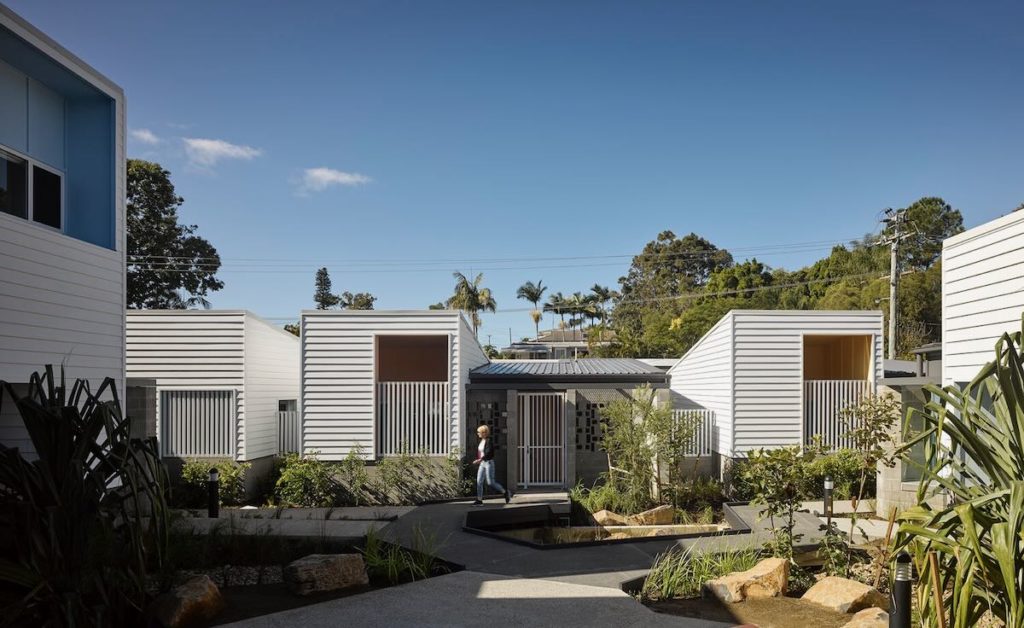
Site area: Approximately 12,000 square feet
Developed: Seven social-housing dwellings clustered around a communal garden with deep soil planting and mature trees. The one and two-storey residences all have street level entry and each unit overlooks the central garden. The units are lightweight and were built using simple, affordable construction systems.
Australian architect, Anna O’Gorman, designed these units to overcome the lack of attachment of the residents in drab towers commonly associated with social housing.
